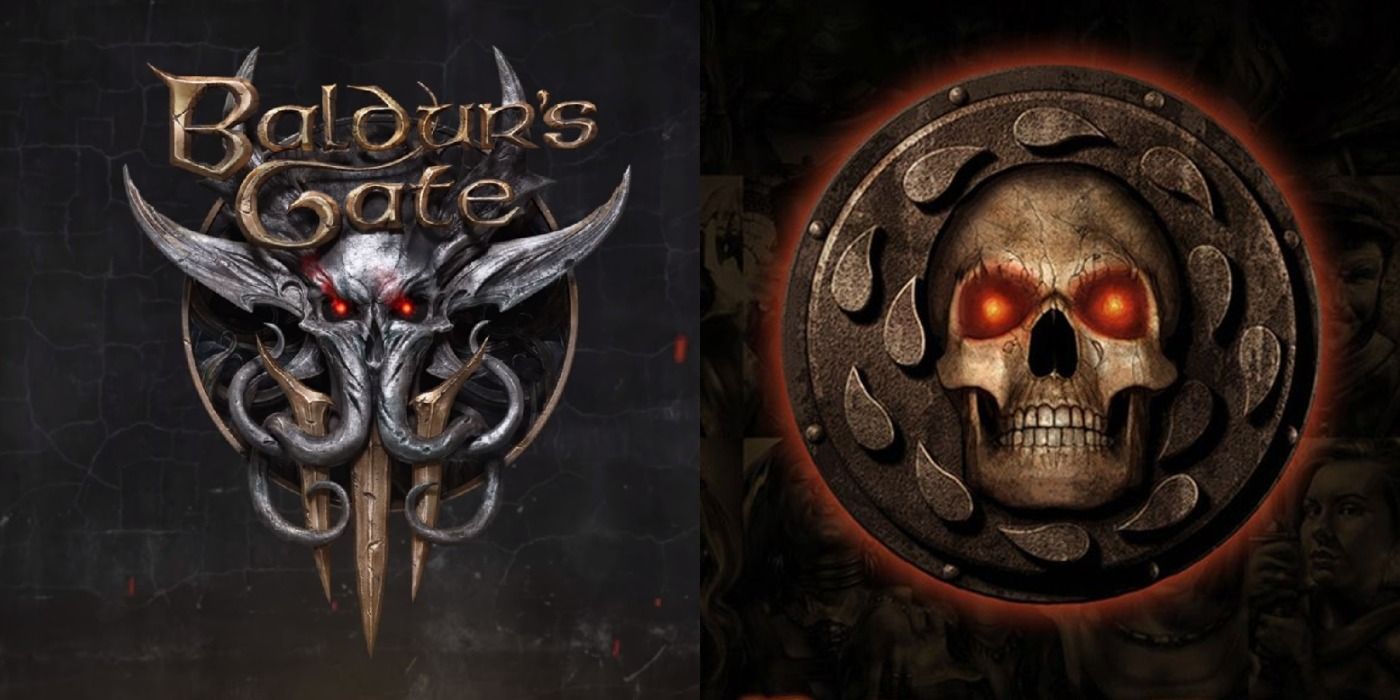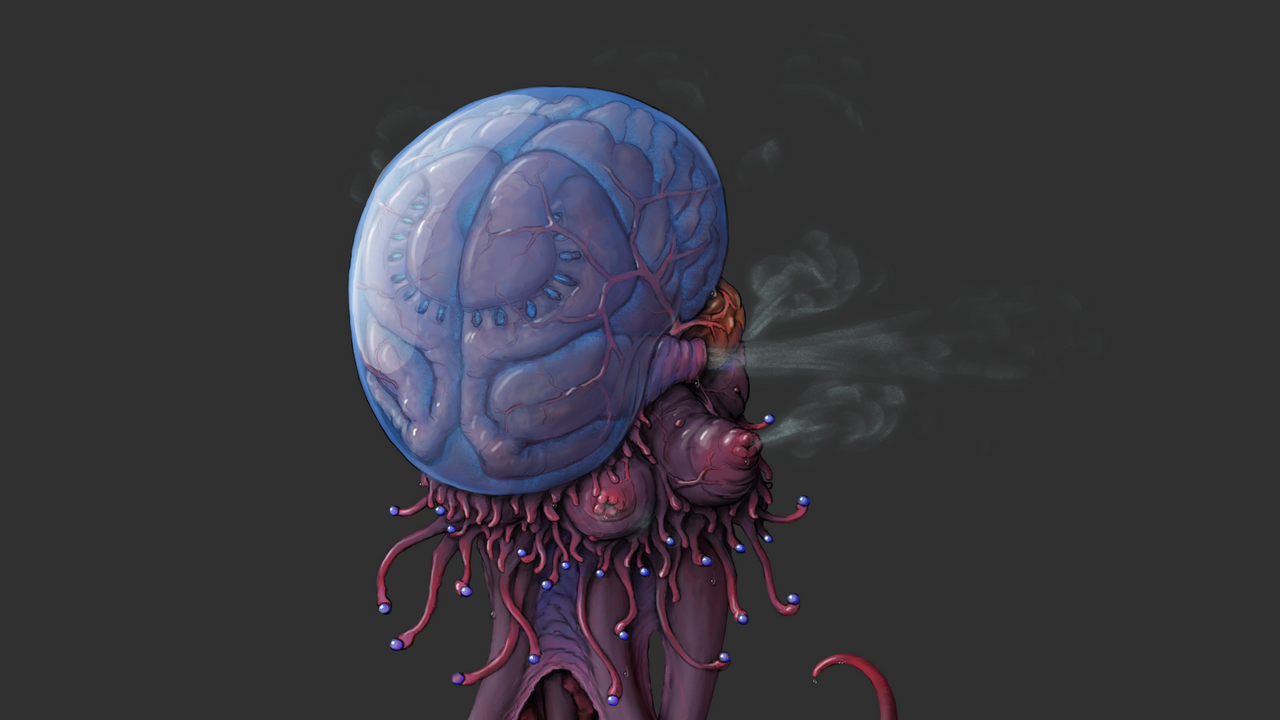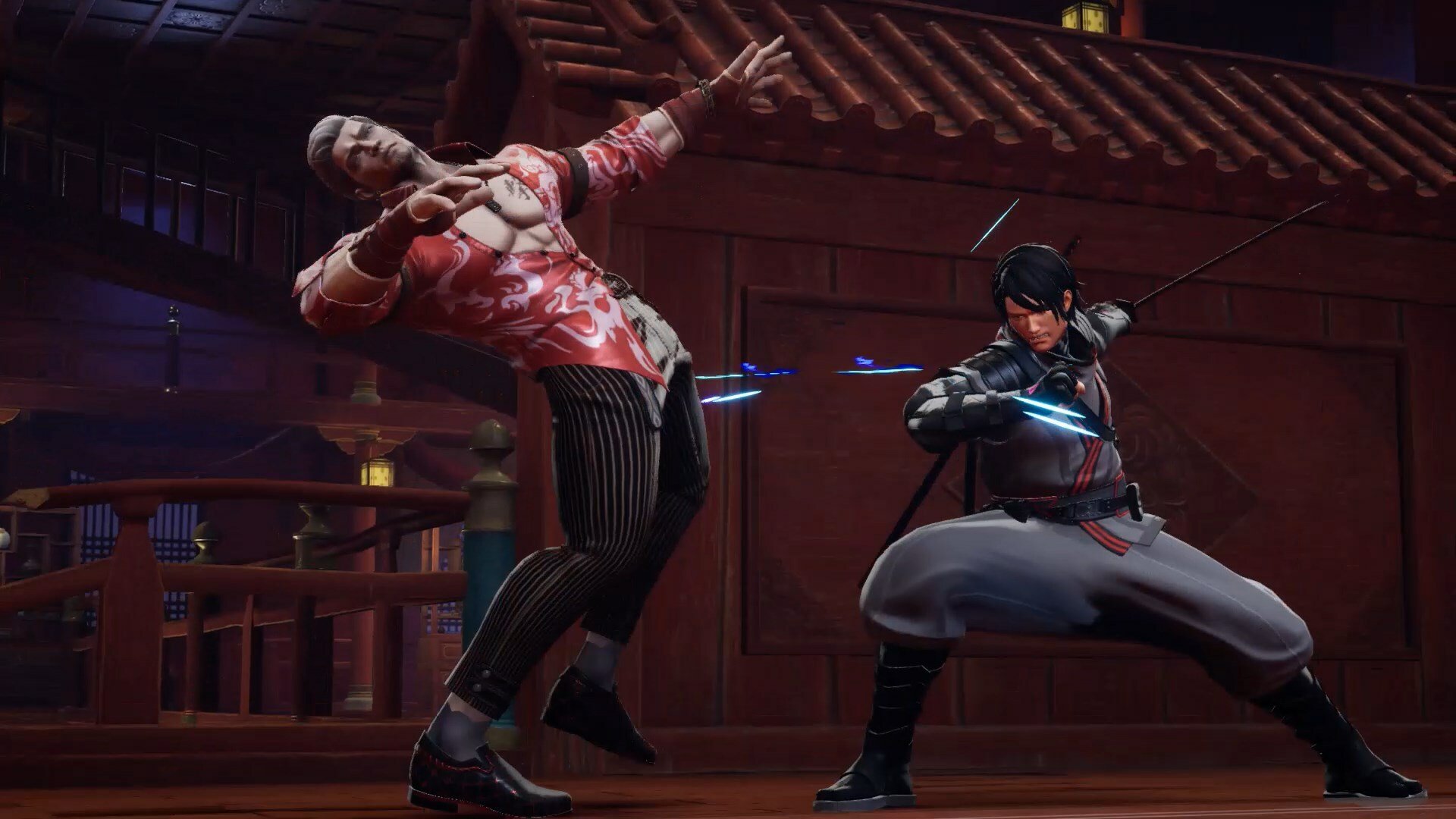Baldur’s Gate 3 uses the rules from the latest edition of Dungeons & Dragons, which are drastically different from the ones used in Baldur’s Gate 2. This is because the two games were released decades apart, and DnD changed a great deal over that period of time. Baldur’s Gate 2 used the second edition rules of DnD, while its successor uses the 5e rules. The implementation of DnD elements into the game also differs drastically, resulting in a gameplay style that is completely new in certain ways. 3D visuals and a combat overhaul change up the Baldur’s Gate franchise while maintaining certain essentials of the experience.
Along with the rules changes, the lore of Baldur’s Gate 3 is different than that of Baldur’s Gate 2. This is because the timeline has skipped ahead by a century. Baldur’s Gate 2 was all about stopping the return of Bhaal, the God of Murder. It turns out that this quest was fruitless, as Bhaal managed to return in the lore of DnD, and is even one of the patron deities that can be chosen by the main character in Baldur’s Gate 3. The tiefling race is now far more commonplace than it was in the days of Baldur’s Gate 2, and the new dragonborn race has appeared in Faerun.
Baldur’s Gate 2 is one of the greatest RPGs of all time, but not everything about it has aged perfectly. The game was well worthy of receiving an Enhanced Edition, and going back to play the game for the first or fifth time today can still result in an excellent experience. The problem with playing Baldur’s Gate 2 or its predecessor is that it uses the Advanced Dungeons & Dragons rules, which was the second edition of the game. AD&D is notable for having a number of baffling design choices, most of which were removed in third edition.
AD&D was the system that had the worst D&D rule of all time, THAC0. This meant that in Baldur’s Gate 2, a character’s Armor Class score lowered whenever they put on stronger armor, a strange and potentially disorienting concept. AD&D is also the system where clerics couldn’t use bladed weapons, thief class skills were determined by percentages, the classes level up at different rates, and there were race/class combos that weren’t allowed. The rules in AD&D were confusing for newcomers, which bled into the Baldur’s Gate games. Baldur’s Gate 3 uses the 5e rules of D&D, which are easier to jump into for the first time and have fewer restrictions.
In the old Baldur’s Gate games, the combat played out in real time, though the action could be paused by pressing the space bar. This allowed for the selection of individual commands for each character. It was possible to set up custom A.I.s for the party members, in order to let them perform basic actions on their own. The lack of a turn-based option available in Baldur’s Gate 1 and 2 was always a strange disconnect from ADnD, which had a turn-based combat system. In Baldur’s Gate 3, the action is turn-based, which is much closer to how the combat in DnD works.
2023-08-18 15:48:03
Source from screenrant.com
rnrn





















